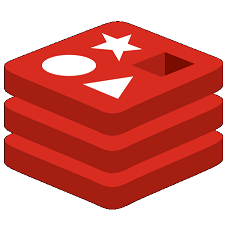1
2
3
4
5
6
7
8
9
10
11
12
13
14
15
16
17
18
19
20
21
22
23
24
25
26
27
28
29
30
31
32
33
34
35
36
37
38
39
40
41
42
| <div id="app">
<div :style='{fontSize: fontSize + "px"}'>{{pmsg}}</div>
<menu-item :parr='parr' @enlarge-text='handle($event)'></menu-item>
</div>
<script type="text/javascript" src="js/vue.js"></script>
<script type="text/javascript">
/*
子组件向父组件传值-携带参数
*/
Vue.component('menu-item', {
props: ['parr'],
template: `
<div>
<ul>
<li :key='index' v-for='(item,index) in parr'>{{item}}</li>
</ul>
### 1、子组件用$emit()触发事件
### 第一个参数为 自定义的事件名称 第二个参数为需要传递的数据
<button @click='$emit("enlarge-text", 5)'>扩大父组件中字体大小</button>
<button @click='$emit("enlarge-text", 10)'>扩大父组件中字体大小</button>
</div>
`
});
var vm = new Vue({
el: '#app',
data: {
pmsg: '父组件中内容',
parr: ['apple','orange','banana'],
fontSize: 10
},
methods: {
handle: function(val){
// 扩大字体大小
this.fontSize += val;
}
}
});
</script>
|









